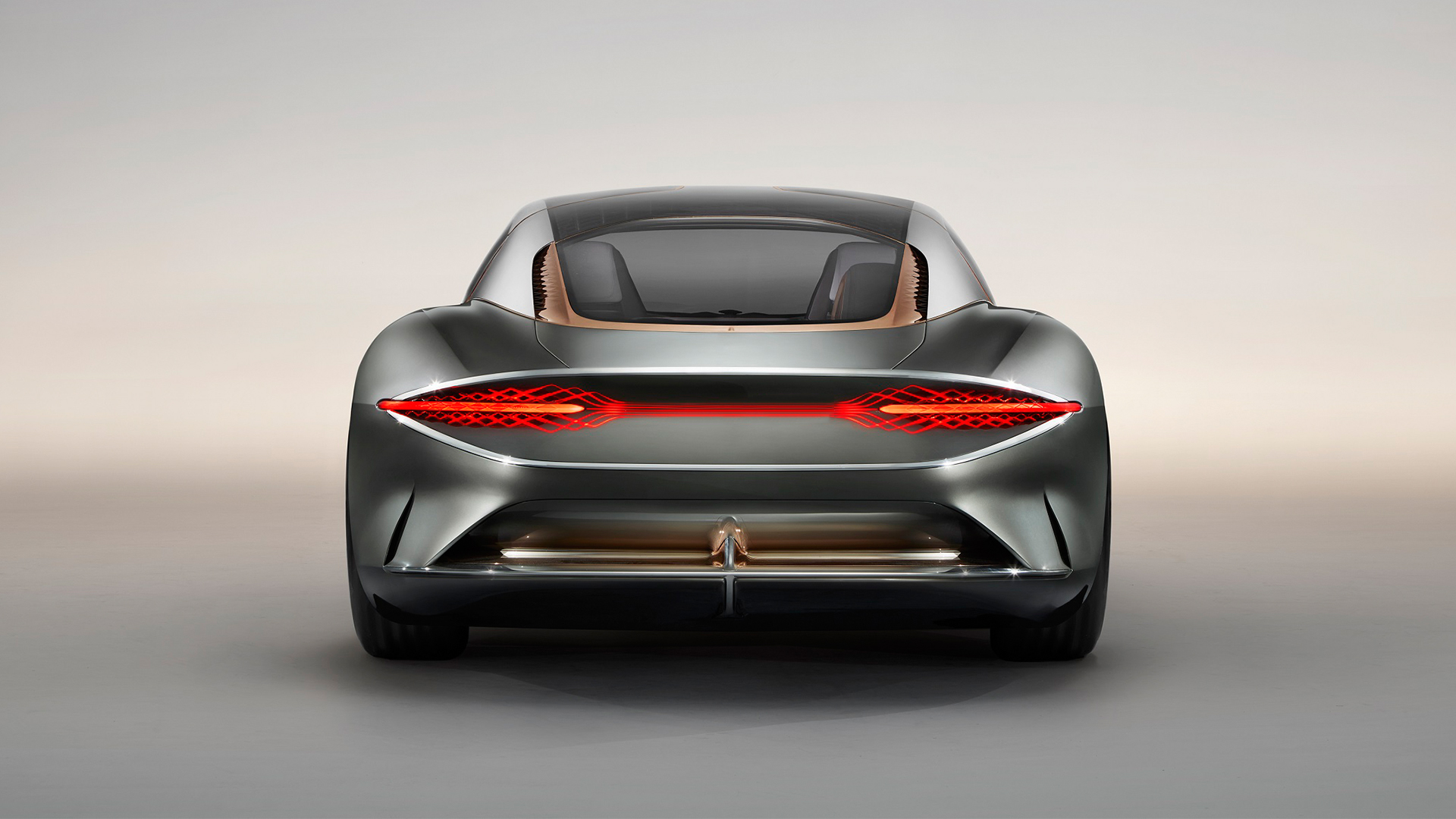
Once a novelty, electric vehicles (EV) have moved into the mainstream thanks to high-profile companies like Tesla and best-sellers like the Nissan Leaf. These cars are feature-packed and technology heavy, but the innards aren’t the only part of the car that’s changing. These cars look different on the outside too.
The changes to the inside are driving some of those made to the exterior. Electric power requires fewer moving mechanical parts but requires more electronic parts. To account for these changes, vehicle designers are reimagining what a car looks like, and what a car can do. While many of these changes are evolutionary, some are quite revolutionary, too.
Grille-less fronts, ‘frunks,’ and sensor-coated bumpers
It’s easy to spot an EV approaching you on the road because the front end of electric cars looks different from gas-powered vehicles. Fewer moving mechanical parts are needed in an EV – and in most cars a majority of those parts are found up front within the engine bay. All that freed up behind the front wheels is available for use elsewhere. “With added freedom in the absence of an engine up front, we can expect manufacturers to get really creative in complete redesigns of the front end,” CARiD product training director and former automobile engineer Richard Reina says.
One of the most noticeable differences between electric and combustion engine-powered vehicles is the elimination of the grille. Electric powered-cars require far less ventilation than is usually required for a radiator. While these cars still need to ventilate heat, it’s nowhere as much as that produced by a traditional combustion engine. It also doesn’t require oil lubrication, which means designers can eliminate a large portion of lubrication systems as well.
Reina thinks that this could lead to more EV manufacturers adding a “frunk,” and providing additional storage space in the front of the car. But could cars lose their front ends altogether? Some might. Look at Volkswagen’s prototype bus. Other companies like Toyota are also planning EVs with smaller front ends.
The bumper itself, and its importance to the car, will also change. With more autonomous driving features becoming more common, the front bumpers (and rear bumper) will be positively lined with sensors. Side view mirrors will also disappear or shrink considerably, replaced instead with cameras (if the law finally allows them. With LED light technology improving, the big headlights of the past will also morph into small slits or dots, perhaps built into the hood or front bumper.
On the inside: Roomy and tech heavy
The elimination of moving parts will also allow EV manufacturers to increase the size of the interior of the vehicle without the need to increase its overall size. This will mean plentiful legroom for all passengers, as well as a large trunk.
With autonomous driving taking over during the next decade, the standard front-facing seating arrangement could very well be no more. Since the car is driving itself, the driver and passengers are free to interact. You’ll be able to move, swivel, and remove seats depending on your needs. Consoles could also simplify – and go completely digital. “The instrument panel no longer requires a gas gauge or other common warning lights for temperature and oil levels, creating a more simplified display that includes a battery’s driving range indicators,” Reina says. In its place, these consoles will work more as entertainment and information centers, connecting you to your smart home, the world around you, and the cars on the road with you.
In some ways the car might become more of an extension of your home than simply a method of transportation. That is something futurists have been imagining for a long, long time – but it’s very likely to become reality in the not too distant future.
Electric vehicles don’t produce any exhaust gasses, so the ubiquitous exhaust pipe will become a thing of the past. Emissions come from fuel, and with no fuel system no tank anymore to take up space in the rear of the car, vehicle designers will be able to design even bigger trunks. It’s likely that your EV will have quite a lot of storage space.
While we’ve discussed a good deal of incremental changes to a car’s overall design, some experts are thinking big. Jerry Kroll is CEO and founder of Electra Meccanica, While Kroll’s company develops EVs that look fairly pedestrian by current design standards, he predicts an EV future that looks dramatically different than anything we’ve seen.
He argues that the windshield is not necessary in a fully autonomous vehicle. “Electric vehicles are an ideal drivetrain for autonomous vehicles, and once the vehicle is driving itself, there is no need to put a dangerous and expensive piece of glass on the car,” Kroll told DigitalTrends.
EVs or not, vehicle design is changing
With significantly fewer numbers sold, EV car designers are liable to take more chances than a traditional automaker could. Ferrari Challenge Series race car driver and exotic car collector Danny Baker thinks that’s the case. “Current industry trends like thin LED lights and sharper design lines appeared to only roll out on the manufacturer’s electric models, but in reality, these were natural automotive design progressions that touched all makes and models of that time,” he argues.
Just compare today’s cars with those from ten years ago. They aren’t all that different. However, ten years from now, our cars will look considerably different, challenging our beliefs of what a car can and should be. That is an exciting future, and it will be fascinating to see what the industry comes up with.









